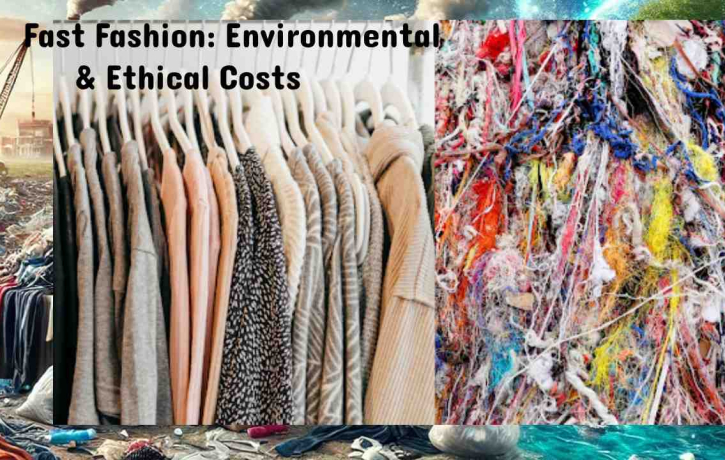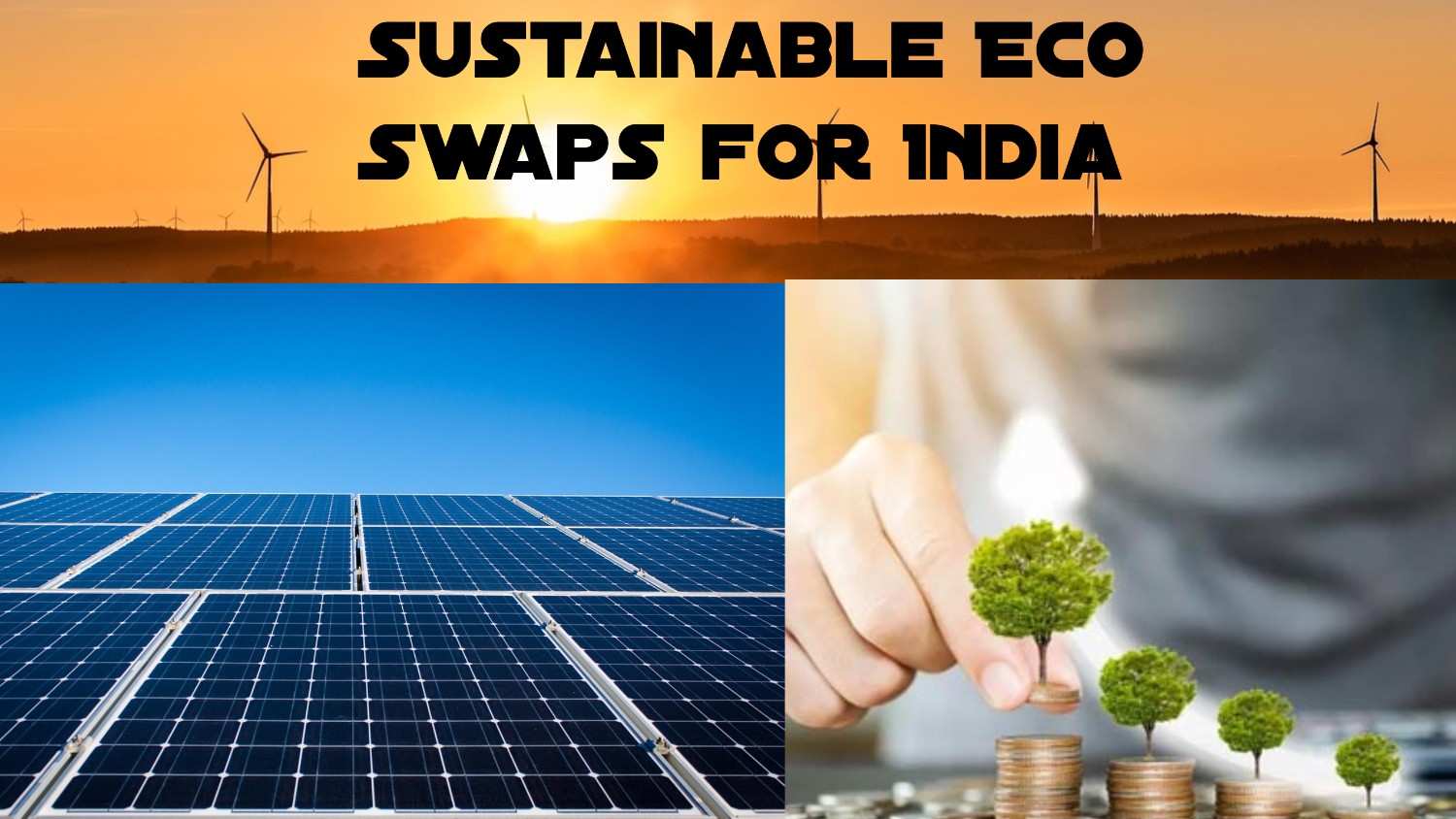The Impact of Fast Fashion on the Environment and Ethical Concerns
Fast Fashion: Environmental & Ethical Costs. Fast fashion has revolutionized the clothing industry by making trendy, affordable clothes available at lightning speed. While this model appeals to consumers eager for new styles and low prices, it comes with a hidden price tag—one that deeply affects our environment and raises serious ethical concerns.
Let’s take a closer look at how fast fashion impacts the planet and the people behind the clothes.
1. Environmental Impact of Fast Fashion
a. Resource Intensive Production
The production of fast fashion consumes vast amounts of water, energy, and raw materials. For example:
-
It takes about 2,700 liters of water to produce a single cotton T-shirt—enough to keep one person hydrated for over two years.
-
Synthetic fibers like polyester, commonly used in fast fashion, are made from petroleum, a non-renewable resource.
b. Pollution and Waste
-
Textile dyeing and treatment release harmful chemicals into waterways, contaminating ecosystems and affecting human health.
-
The fast fashion industry generates millions of tons of textile waste every year, much of which ends up in landfills or incinerators.
-
Microplastics from synthetic fabrics enter oceans through washing machines, threatening marine life.
c. Carbon Emissions
Clothing production and transportation contribute significantly to greenhouse gas emissions. The rapid turnaround of trends encourages constant manufacturing and shipping, increasing the carbon footprint.
2. Ethical Concerns in Fast Fashion
a. Labor Exploitation
Fast fashion brands often outsource production to factories in developing countries where labor laws may be lax. This results in:
-
Low wages that barely cover workers’ living costs.
-
Poor working conditions, including unsafe environments and excessive hours.
-
Child labor and exploitation are sadly still reported in parts of the supply chain.
b. Lack of Transparency
Fast Fashion: Environmental & Ethical Costs. Many fast fashion companies do not disclose their supply chains fully, making it difficult to hold them accountable for labor abuses or environmental damage.
3. The Cost to Consumers and Society
While fast fashion offers cheap clothes, the hidden costs affect society at large:
-
Waste overwhelms landfill sites.
-
Pollution harms public health.
-
Exploited workers suffer in silence.
4. Moving Toward Sustainable Fashion
Consumers have the power to change the industry by:
-
Choosing quality over quantity: Invest in durable, timeless pieces.
-
Supporting ethical brands: Look for certifications like Fair Trade or B Corp.
-
Buying secondhand: Thrift stores and online resale platforms reduce demand for new production.
-
Caring for your clothes: Repairing and properly maintaining garments extends their life.
-
Advocating for change: Demand transparency and better labor practices from brands.
Conclusion: Rethink, Reduce, Resist
Fast Fashion: Environmental & Ethical Costs. Fast fashion’s environmental and ethical costs are too high to ignore. By rethinking our buying habits and supporting more sustainable choices, we can help create a fashion industry that respects both people and the planet. Fashion doesn’t have to cost the earth.








